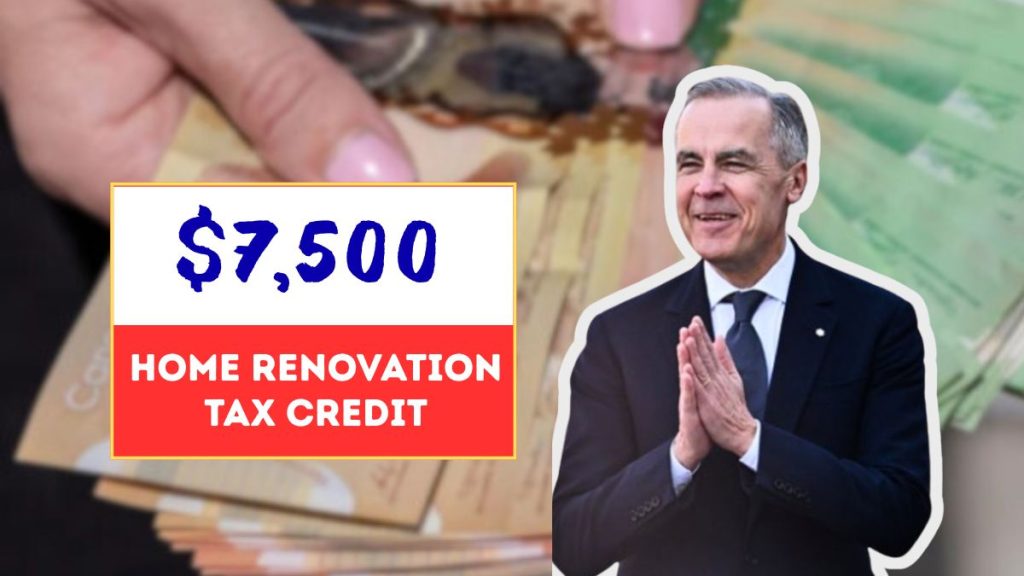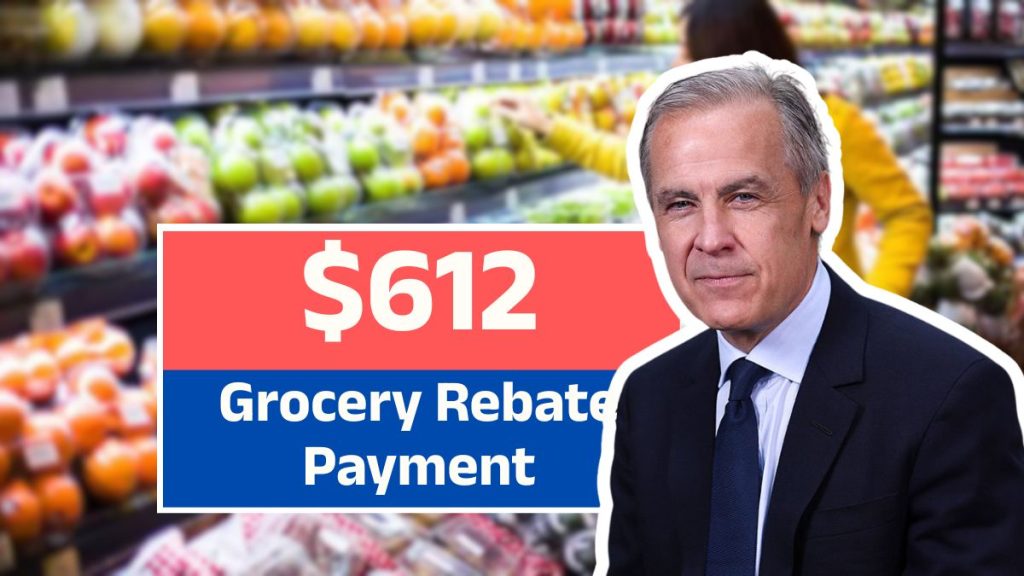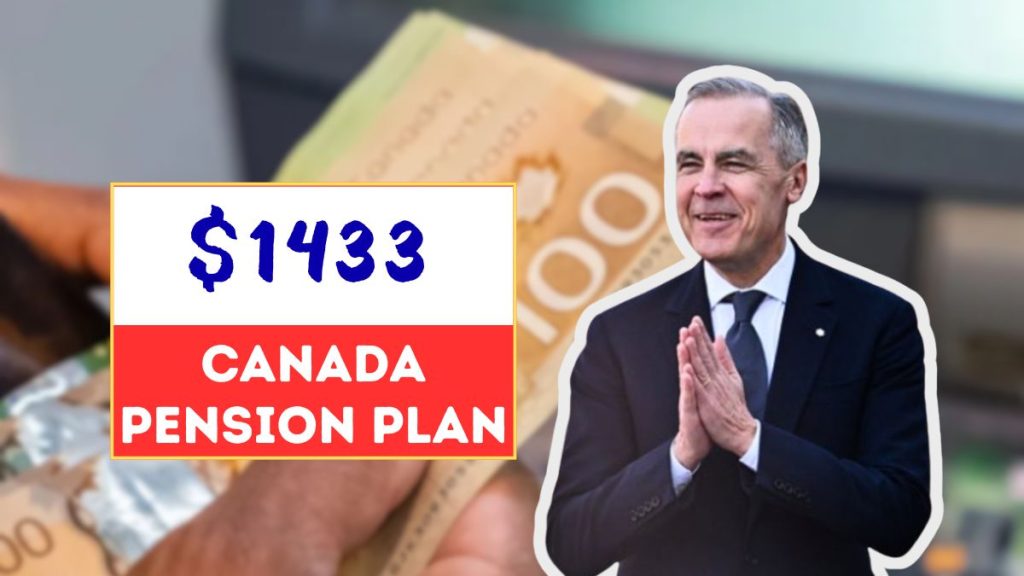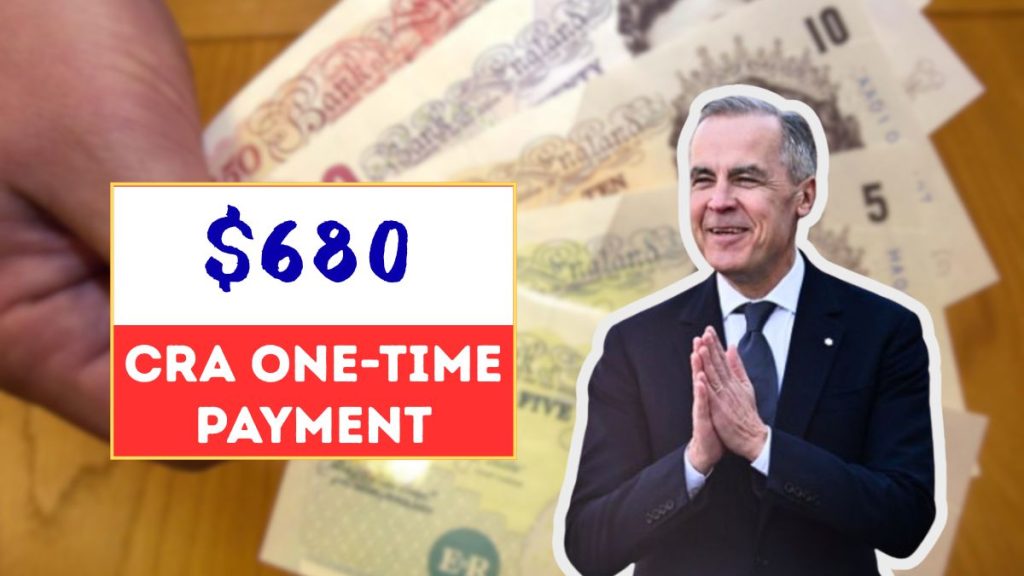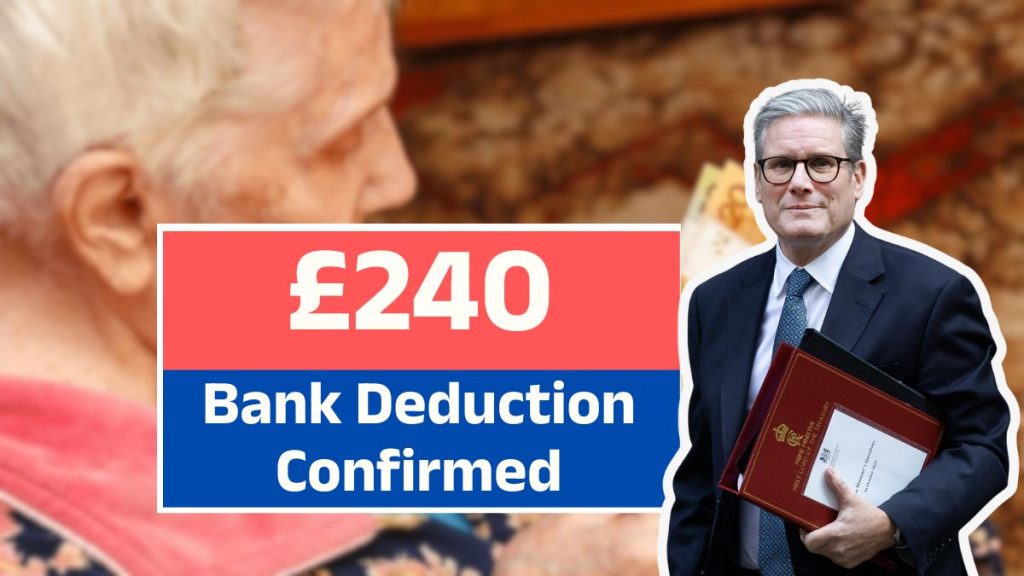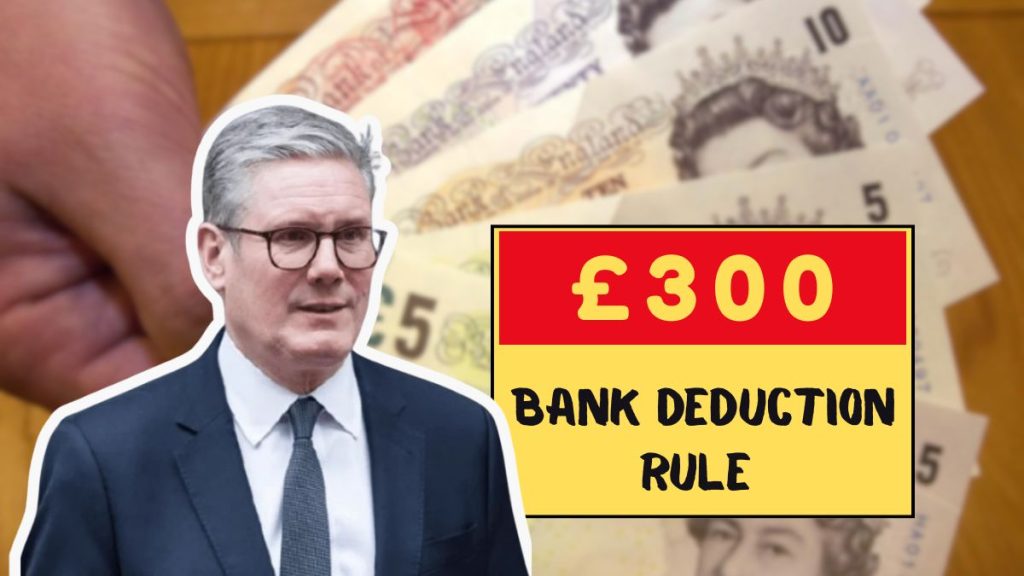The Canada Carbon Rebate (CCR) — once known as the Climate Action Incentive Payment (CAIP) — has officially come to an end in 2025. This federal program, which provided quarterly, tax-free payments to help Canadians offset the cost of the federal carbon tax, played a vital role in helping families cope with rising energy expenses.
However, major policy changes introduced in early 2025 have brought the program to a close, with the final CCR payment issued in April 2025. Here’s a complete look at what this means for Canadians, who qualified for the last payment, and what could replace the scheme in the future.
What Was the Canada Carbon Rebate?
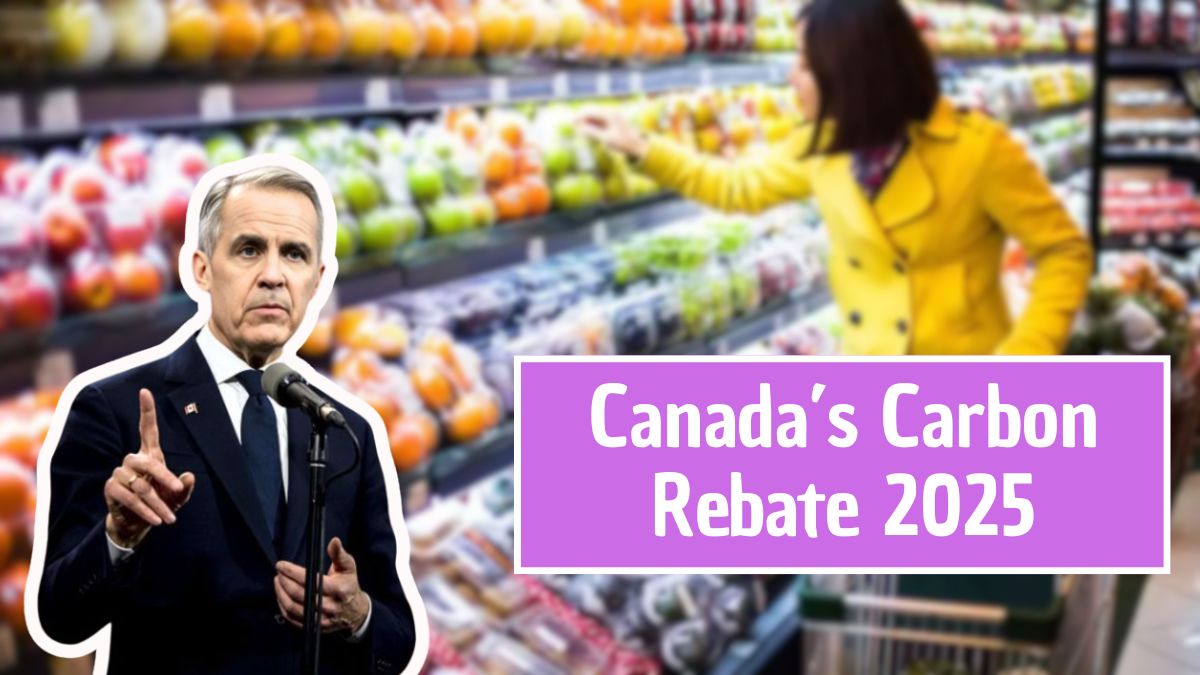
The Canada Carbon Rebate was designed to return money collected from the federal carbon tax directly to Canadians. Introduced as part of the government’s climate action strategy, it aimed to make carbon pricing fair by ensuring that most households received more in rebates than they paid in fuel charges.
Originally launched under the name Climate Action Incentive Payment (CAIP), the rebate transitioned to the Canada Carbon Rebate (CCR) in 2023 to simplify communication and highlight its direct financial benefit to households.
The program issued quarterly, tax-free payments, meaning eligible individuals and families automatically received money every three months, without needing to reapply.
Why the Canada Carbon Rebate Ended in 2025
On March 15, 2025, the Government of Canada officially announced the end of the federal fuel charge — the core mechanism behind the carbon pricing framework. Since the Canada Carbon Rebate was directly funded by proceeds from this charge, the program was consequently discontinued.
This decision was presented as part of a broader climate and affordability policy shift, aiming to transition from direct rebates to other forms of environmental and economic support.
Government officials cited multiple reasons for the change:
- The desire to restructure Canada’s approach to climate incentives, focusing on renewable investments rather than direct rebates.
- Efforts to simplify federal and provincial climate programs, reducing administrative overlap.
- Growing criticism over the economic burden of carbon pricing on rural households and small businesses.
While environmental groups have expressed concern that removing the carbon tax weakens Canada’s climate commitments, the government insists new sustainability initiatives will soon replace the rebate system
When the Final Canada Carbon Rebate Payment Was Issued
The final CCR payment was distributed starting April 22, 2025. This marked the end of the program’s five-year run, following the government’s official cessation notice in March.
To receive this final payment, individuals were required to file their 2024 income tax and benefit return by April 2, 2025 if filing electronically.
Those who filed their taxes after this date still received the payment — but only once their return was fully processed and assessed by the Canada Revenue Agency (CRA).
This final disbursement represented the last installment of the rebate program. After April 2025, no further quarterly payments were scheduled or processed.
Who Was Eligible for the Final CCR Payment
Eligibility for the Canada Carbon Rebate was determined primarily using information from the 2016 Census, along with updated tax and residency data. The CRA based payments on several key factors, including:
- Place of residence (particularly whether an individual lived outside a Census Metropolitan Area, which could qualify them for a rural supplement)
- Marital status
- Number of dependent children
- Custody arrangements in the case of shared parenting
- Confinement to a prison or institution for 90 consecutive days or more
Residents of provinces where the federal carbon tax applied — such as Ontario, Manitoba, Saskatchewan, Alberta, and Newfoundland and Labrador — were automatically eligible for the rebate, provided they met these criteria.
How the Canada Carbon Rebate Worked
Under the program, the CCR provided quarterly payments designed to offset the carbon price paid on fuel. Payments were adjusted annually based on both family size and province of residence.
For example, in 2024:
- A single adult in Ontario typically received around $140 quarterly.
- A family of four could receive between $280 and $300 per quarter, depending on their location.
- Rural residents received a 10% top-up through the rural supplement, recognising higher fuel usage and fewer public transport options.
Payments were tax-free and deposited directly into recipients’ bank accounts via CRA direct deposit, usually on the 15th of the payment month.
Why the Program Was Popular Among Canadians
For millions of Canadians, the CCR represented a tangible benefit — money that directly offset the rising costs of gasoline, heating, and other fuel-related expenses.
According to government data, eight out of ten households received more back in rebates than they paid through the carbon tax, particularly in provinces without their own carbon pricing systems.
The program’s predictable quarterly schedule also made it easier for families to plan budgets, especially during periods of high inflation.
Its popularity stemmed from three key advantages:
- Automatic eligibility through tax filing.
- Direct payments without paperwork or applications.
- Fairness in compensating low- and middle-income households disproportionately affected by fuel costs.
Reaction to the End of the Canada Carbon Rebate
The cancellation of the CCR has drawn mixed reactions across the country.
Supporters of the move — including some business groups and rural representatives — argue that removing the carbon tax and rebate will reduce costs for consumers and small businesses, especially in high-fuel-use regions.
However, environmental organizations and economists warn that the decision could weaken Canada’s climate policy framework. They argue that the rebate was an essential component of the “polluter pays” principle, ensuring fairness by redistributing carbon tax revenues to households.
Several provincial leaders have also called on Ottawa to replace the CCR with new climate transition incentives, such as energy efficiency rebates, electric vehicle subsidies, or green home retrofit programs
Impact on Households After the Program’s End
With the end of the Canada Carbon Rebate, affected households will no longer receive quarterly cash support to offset higher fuel costs.
This change is expected to impact low- and middle-income families the most, particularly in provinces where carbon-intensive energy remains a necessity due to cold climates or limited transit options.
Experts recommend that households:
- Review their CRA My Account to ensure all past payments were received.
- File taxes promptly to confirm eligibility for the final April 2025 payment.
- Explore new provincial programs or energy efficiency grants that may offer alternative forms of support.
While some provinces are expected to introduce local climate rebates or energy-saving incentives, there will be a transitional period before new programs fully replace the CCR.
Could a Replacement Program Be Introduced?
Although the Canada Carbon Rebate has ended, discussions about replacement initiatives are already underway.
Policy analysts suggest that Ottawa may pivot toward targeted affordability measures instead of broad cash rebates. These could include:
- Energy efficiency grants for homeowners to upgrade insulation or heating systems.
- Electric vehicle incentives to accelerate clean transport adoption.
- Tax credits for renewable energy installation and green technology investments.
The government has hinted that future support will focus on long-term environmental benefits rather than short-term financial compensation. However, no official replacement program has been announced as of October 2025.
What Canadians Should Do Now
To ensure that you have received your final CCR payment and to prepare for any future climate-related support programs:
- Check CRA Direct Deposit:
Confirm that your account information is up-to-date in your CRA profile. - Review Your Tax Filing:
Ensure your 2024 tax return was filed and assessed before the April deadline. - Track Payment Status:
Use the CRA “My Account” portal to verify whether your payment was issued or processed. - Stay Updated on New Programs:
Follow announcements from Environment and Climate Change Canada and the Department of Finance for news about potential replacement initiatives. - Explore Provincial Rebates:
Some provinces, such as British Columbia and Quebec, continue to offer separate carbon credit or energy-saving rebates that may provide alternative support
The End of an Era in Canada’s Climate Policy
The discontinuation of the Canada Carbon Rebate marks a turning point in Canada’s approach to climate and affordability policy.
While the program provided direct, predictable support for households, the government’s shift suggests a move toward structural environmental reforms rather than recurring financial payments.
As Canada transitions to new forms of climate assistance, families and individuals are urged to stay informed and take advantage of any new programs that replace the rebate system in 2026 and beyond.
Frequently Asked Questions (FAQs)
Q1. Why did the government end the Canada Carbon Rebate?
The program ended after the federal fuel charge was discontinued on March 15, 2025. The government cited a policy shift toward new climate initiatives as the reason.
Q2. When was the final payment issued?
The final Canada Carbon Rebate payment was issued starting April 22, 2025, to those who filed their 2024 tax returns by the April 2 deadline.
Q3. Do I need to apply to receive the last payment?
No. Payments were automatic for eligible Canadians who met the filing requirements and received qualifying benefits.
Q4. What if I filed my taxes late?
You can still receive the payment, but only once the CRA processes your return. Late filings delay the rebate.
Q5. Will there be a new rebate or climate support program?
The government has hinted at future climate transition incentives, but no replacement program has been officially confirmed as of now.








